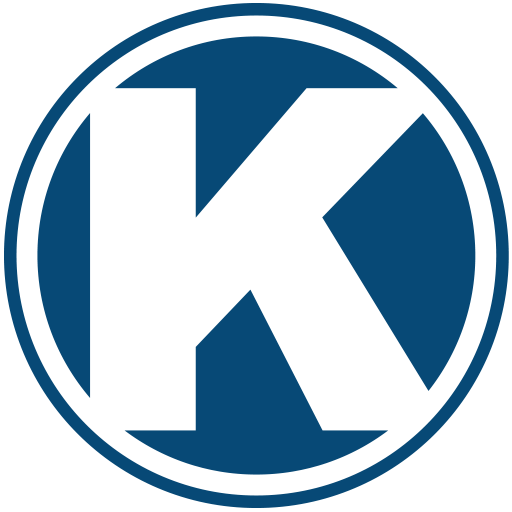
Home » Scaling Without the Spin — How Mid-Market CEOs Can Build Sales Capacity Without Burning Cash
Scaling Without the Spin —
How Mid-Market CEOs Can Build Sales Capacity Without Burning Cash
More reps do not equal more revenue. That’s one of the most expensive myths in mid-market growth strategy. I’ve seen it play out repeatedly: a $20M company gets funding, hires 10 reps, and 12 months later… flat revenue, burned cash, and boardroom panic.
The mistake? Confusing headcount with capacity.
What Sales Capacity Really Means
Sales capacity is the total productive output your team can generate – qualified meetings, demos, proposals, closed deals. It’s driven by:
- Rep effectiveness
- Process efficiency
- Tooling and enablement
- Territory design
- Lead quality
If those are broken, adding more reps just magnifies the chaos.
Symptoms of a Capacity Problem (Not a Headcount One)
- Reps are stepping on each other’s accounts.
- Close rates are dropping despite higher activity.
- Leadership can’t explain which activities drive revenue.
- Onboarding takes 6+ months and yields inconsistent ramp.
Our 5-Step Framework for Scaling Sales Capacity
- Territory and Account Segmentation We map accounts by size, potential, and industry fit, then assign them based on rep skill, not just geography. This reduces conflict, ensures even coverage, and helps prioritize high-value targets.
- Compensation Plan Alignment We design comp plans that reward behaviors aligned to outcomes. Example: If we want more land-and-expand deals, we bonus for expansion closes, not just new logos.
- Process Engineering We re-engineer sales processes for efficiency. That means defining discovery call standards, proposal workflows, and clear stage definitions. It gives reps a clear path and leadership a coaching map.
- Enablement & Messaging Persona-driven messaging, objection libraries, talk track guides, and proposal templates reduce ramp time and drive consistency. AI tools plug in to scale personalization.
- Capacity Modeling We model your team’s productivity based on historical win rates, ramp time, and lead flow. This shows when you should hire, and what results to expect. No more guessing.
Case in Point
A manufacturing SaaS client thought they needed to double headcount. After a KORE engagement, we realigned territories, revamped comp plans, and installed a new enablement process. Revenue per rep increased by 38%, and they delayed hiring by 9 months while growing 2x faster.
The Takeaway
Don’t hire faster. Hire smarter. First, build capacity. Then, scale it.




